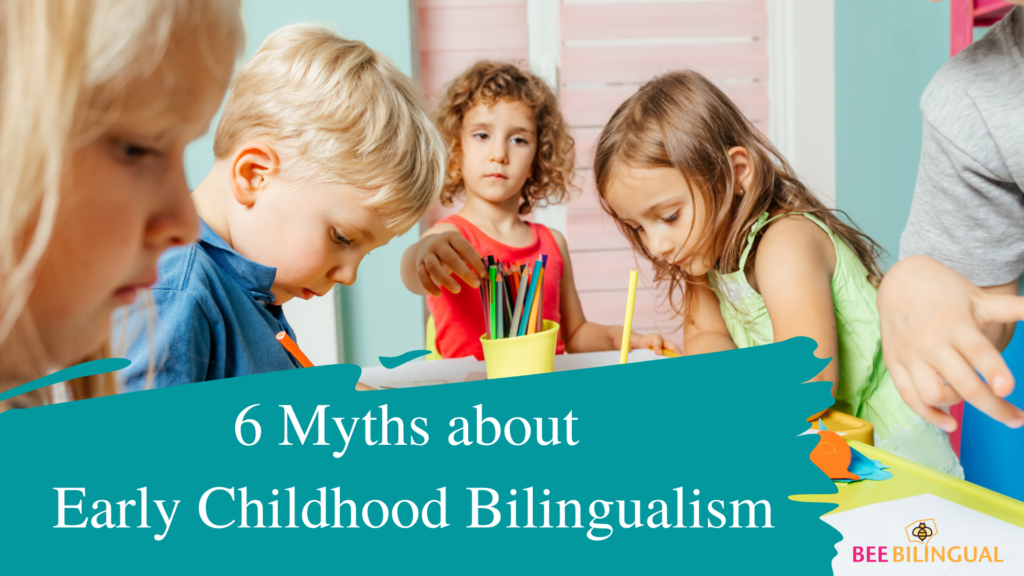Last week, we discussed the mixed-language strategy, where parents use a mix of two or more languages with their children. This week, we will take a closer look at the one person, one language approach.
The one person, one language approach (often abbreviated as OPOL and also commonly known as the one parent, one language approach) is perhaps the most common bilingual parenting approach adopted by parents raising bilingual children.
The French linguist Maurice Gramont introduced the one person, one language method in 1902, suggesting that by separating the two languages, problems such as code-mixing and general language confusion could be avoided.
How does the "one person, one language" approach work?
Basically, this approach means that each parent communicates with the child in a different language. For instance, the mother may only speak German to the child, whereas the father may only speak English. This way, each parent is helping the child become proficient in two languages at once.
To a certain extent, it is a very natural way of learning and communicating, as each parent is speaking the language they know best.
Advantages of the "one person, one language" approach
- Exposure to two languages- By having each parent speak a different language to the child, they will be exposed to two languages simultaneously.
- Consistency – The OPOL approach allows for more consistency in language usage. By having the parents stick to their respective languages, it ensures that the child has a consistent environment for learning.
- Straightforward- one person, one language says it all!
- Clear boundaries for the child- parents can stick to their languages and not mix them up, creating a more organised environment for the child.
- Natural- each parent speaks the language they know best, creating a more natural environment for learning.
Disadvantages of the one person, one language approach
- Passive bilingualism – Children might be able to understand two languages but may lack fluency in both.
- Unbalanced input- one language may be more dominant than the other, depending on which parent the child spends more time with.
- Potential for confusion- if parents do not stick to their respective languages, confusion can arise.
- Problematic for family dynamic – there is a certain level of structure needed for this approach to work, which can sometimes be unsustainable. It may be difficult to speak to the child in one particular language all the time, especially in a family environment.
Tips for using the one person, one language method
Consistency is key in using the OPOL approach. So…
Stick to your language! Don’t mix the two languages, and make sure you are consistent with which one you speak. This means that even if you are at a family event, you should still stick to your language and not switch.
Plus, (as always) language classes, tutors, and language-learning activities and books are great ways to help ensure that both languages are being used regularly and correctly.
Is it effective?
The one person, one language approach can be effective when used correctly. It requires the parents to be consistent and stick to their respective languages, which may be difficult for some families. Some recent studies suggest that it may not be as effective as previously believed.
I think that the effectiveness of any approach depends on multiple factors, such as the family dynamic, the language proficiency of the parents, etc. It is important to consider what is best for your family and what works for your children. Don’t forget that you can take elements from other approaches and create your own unique way of raising bilingual children.


